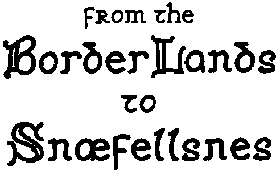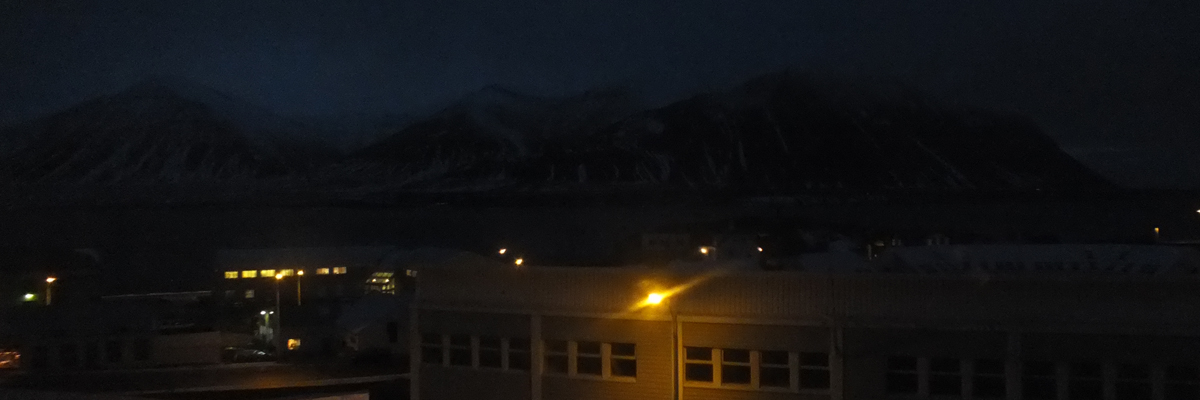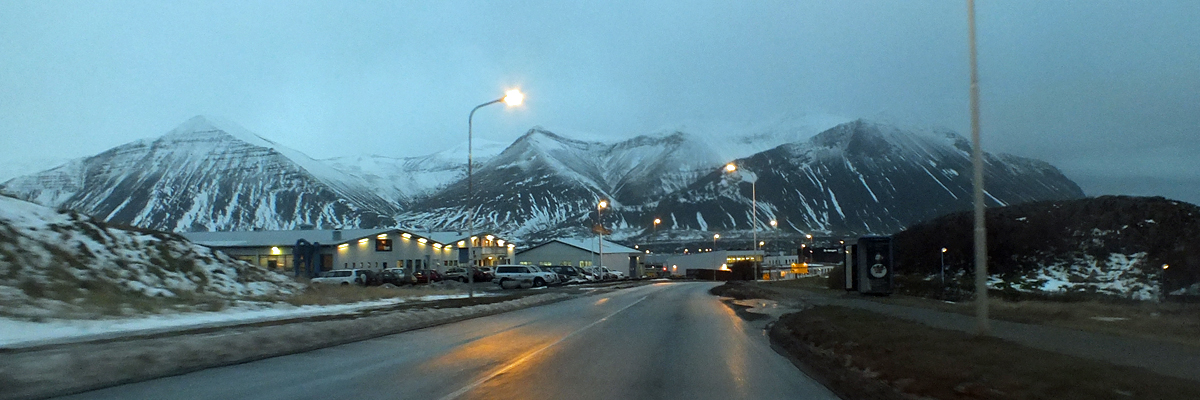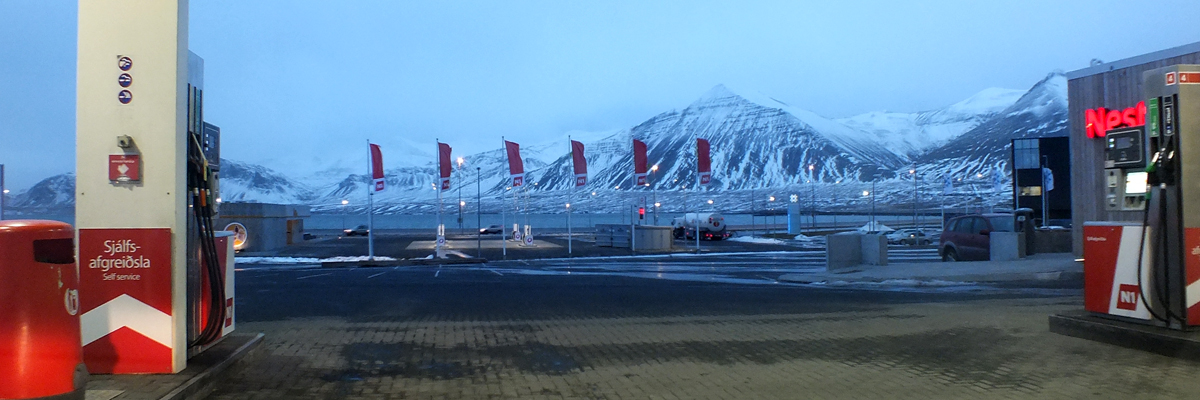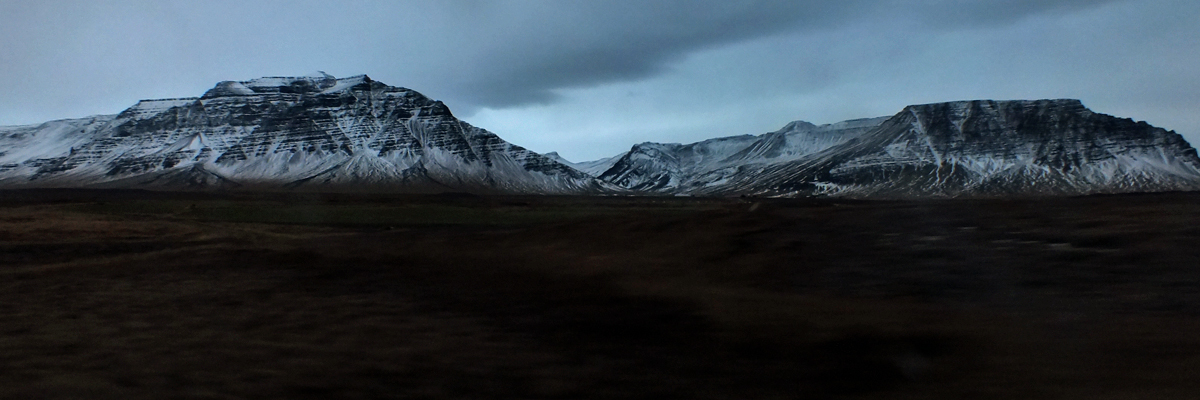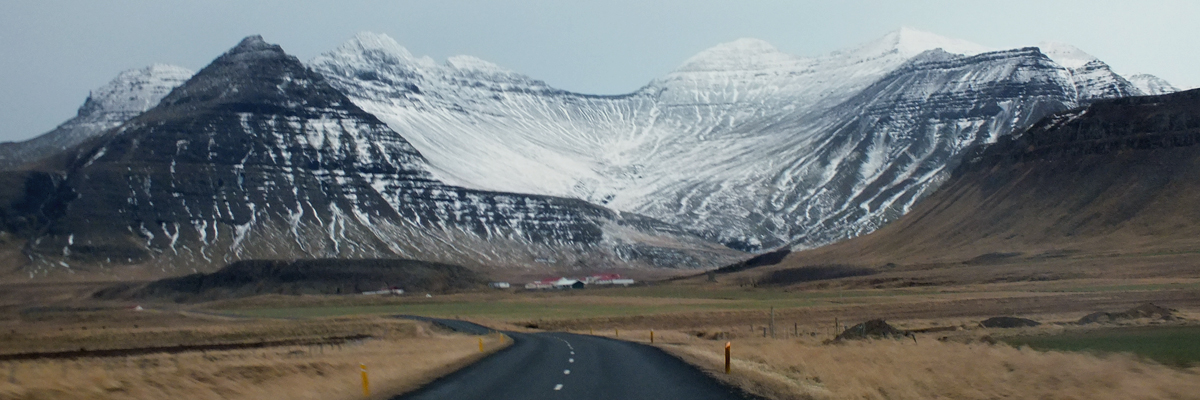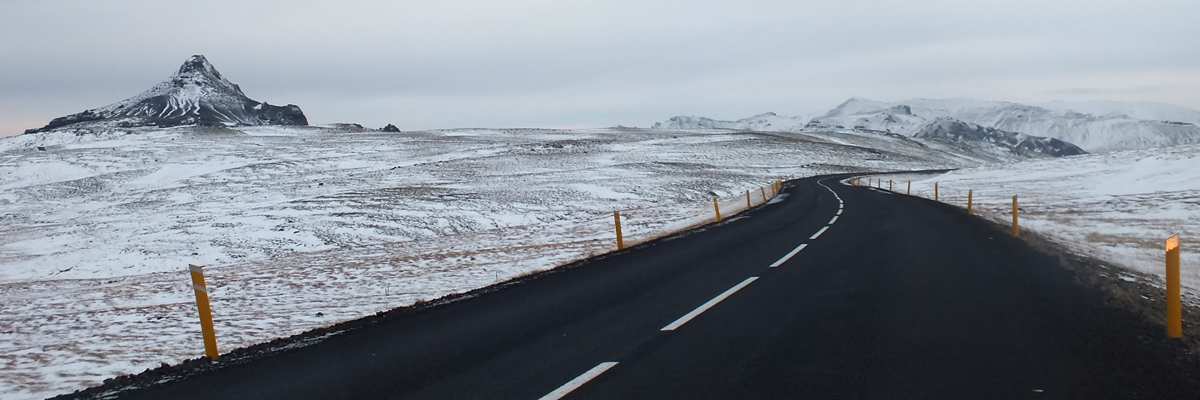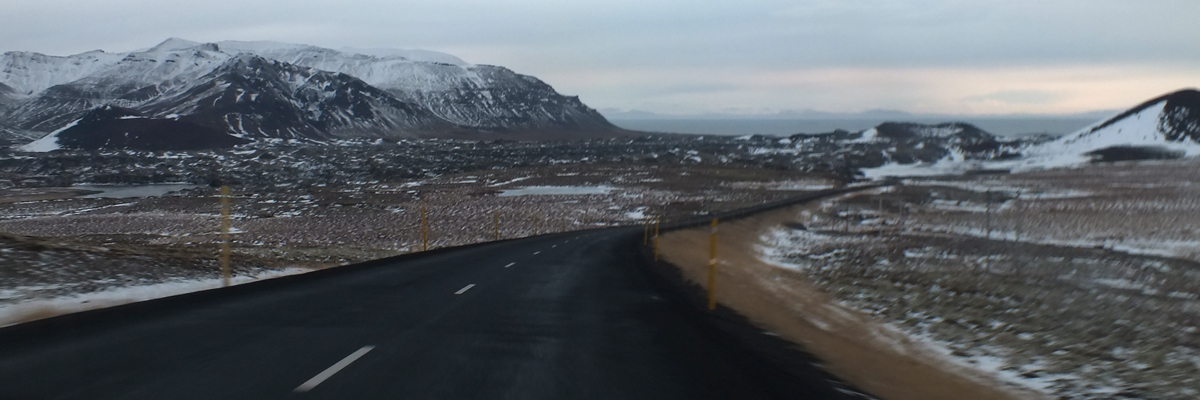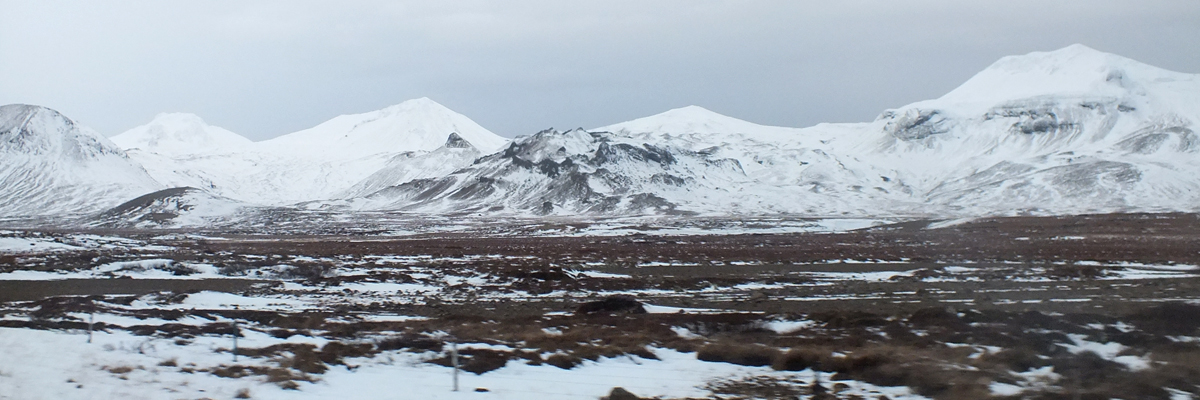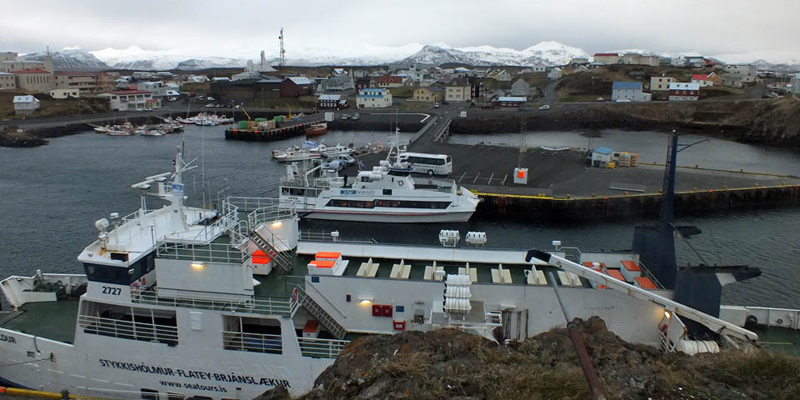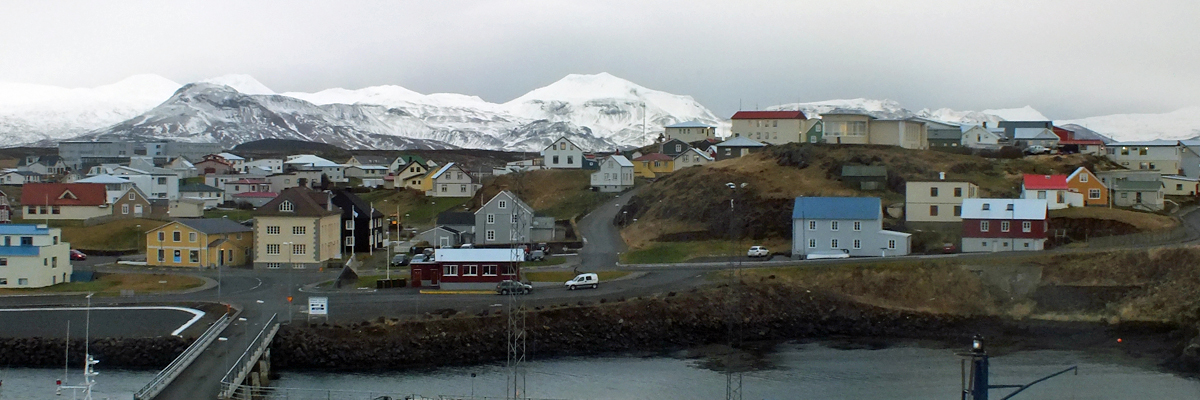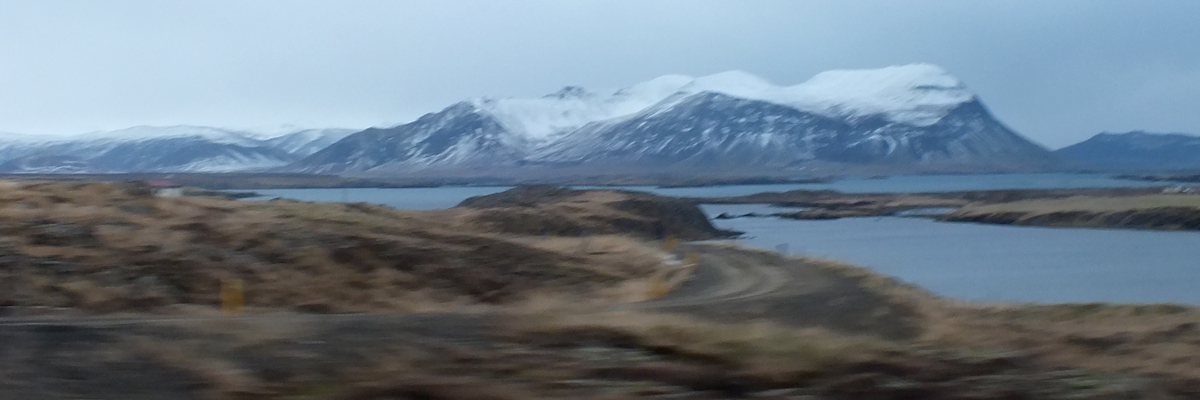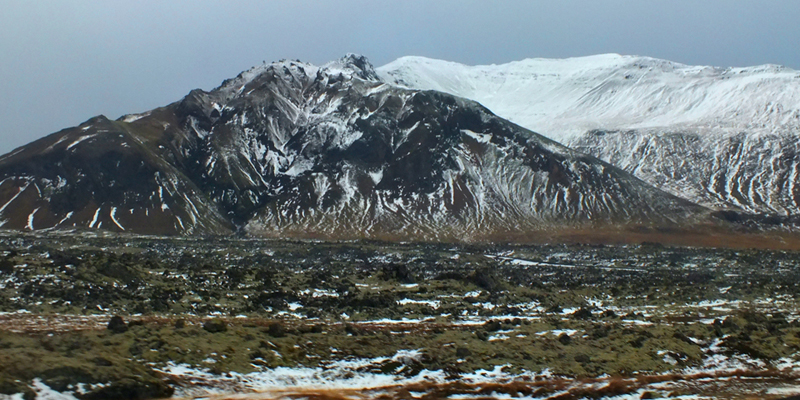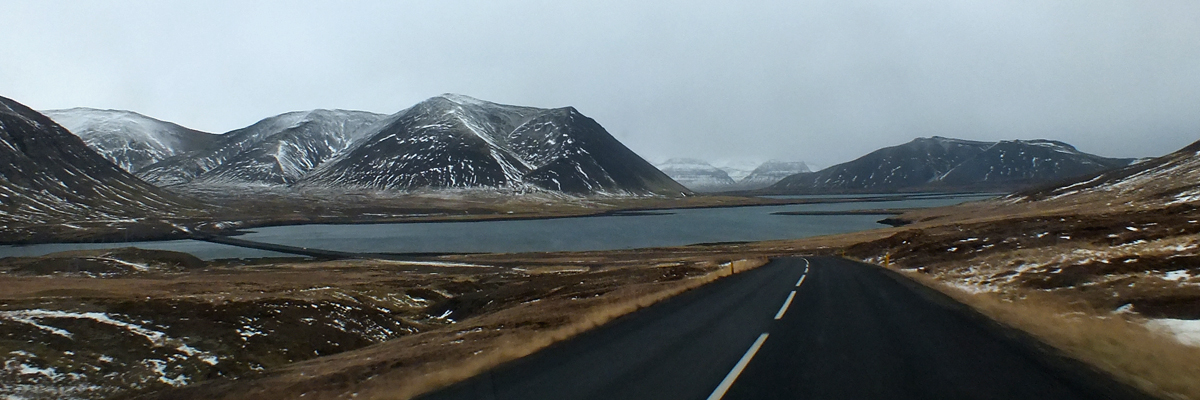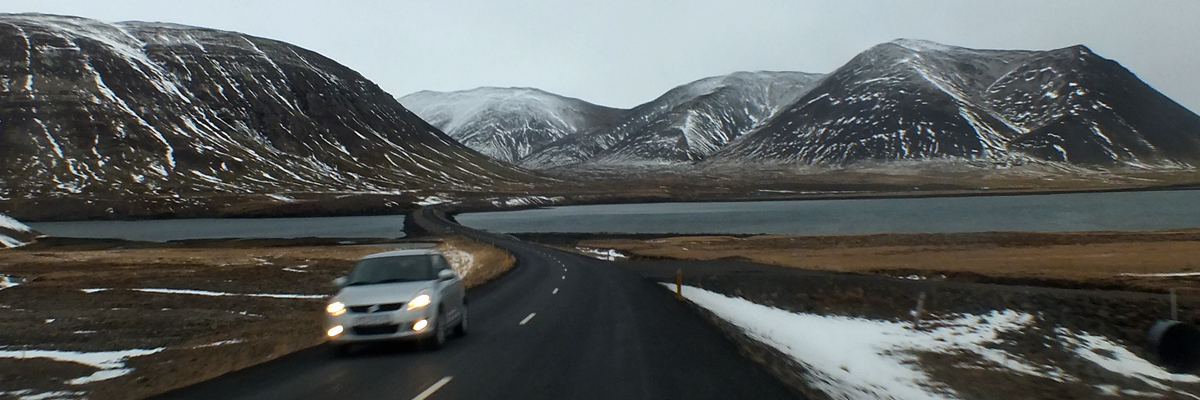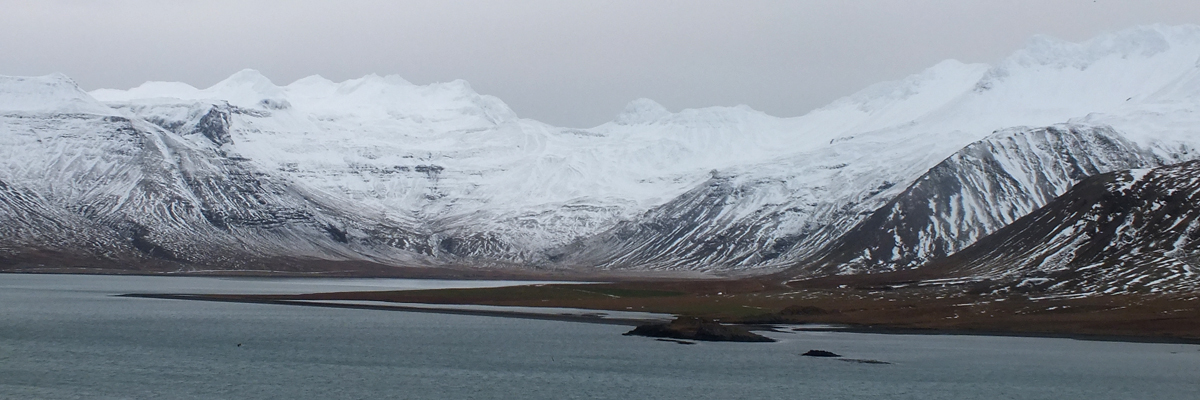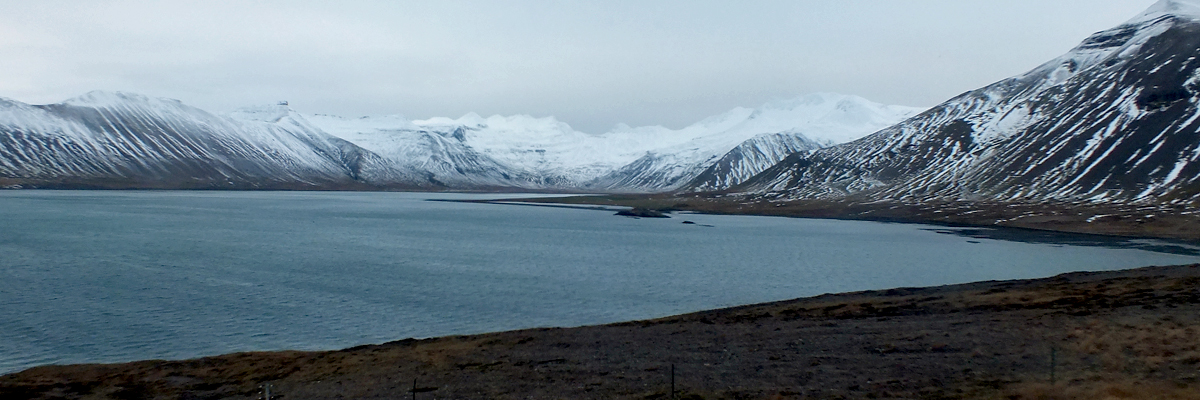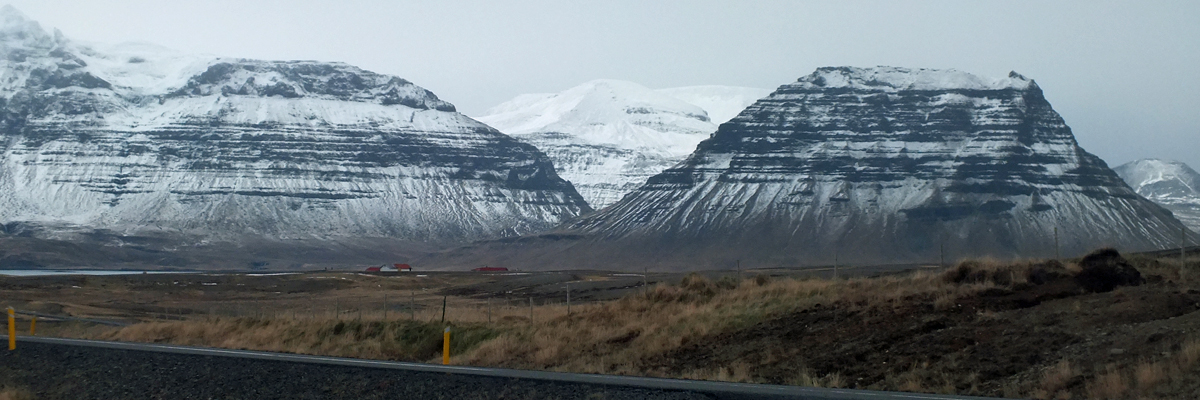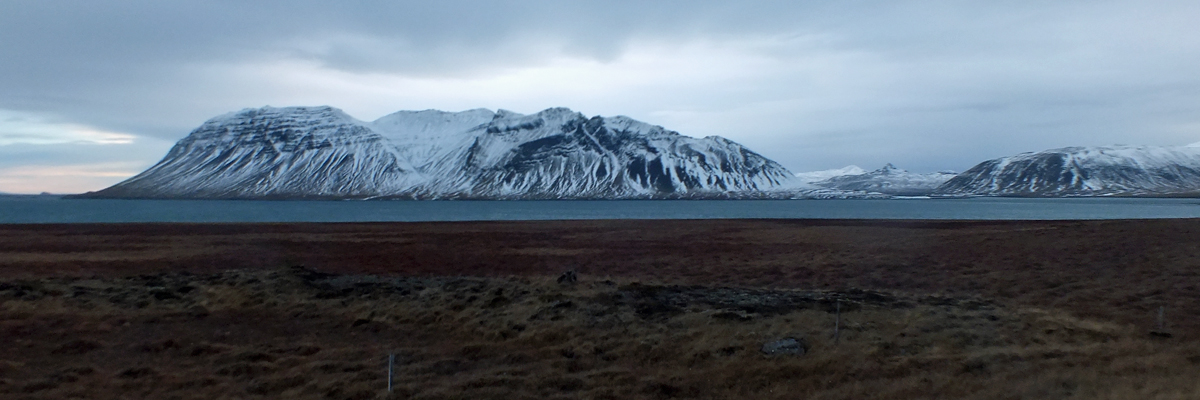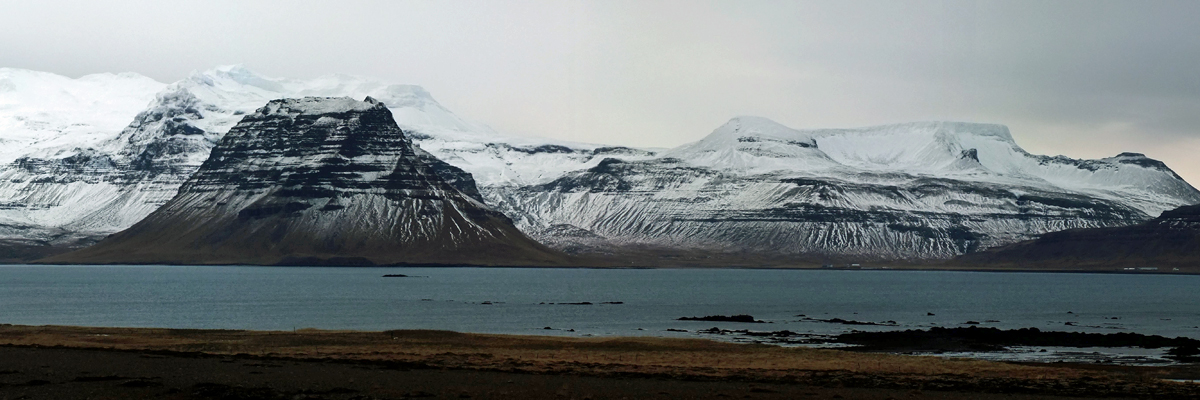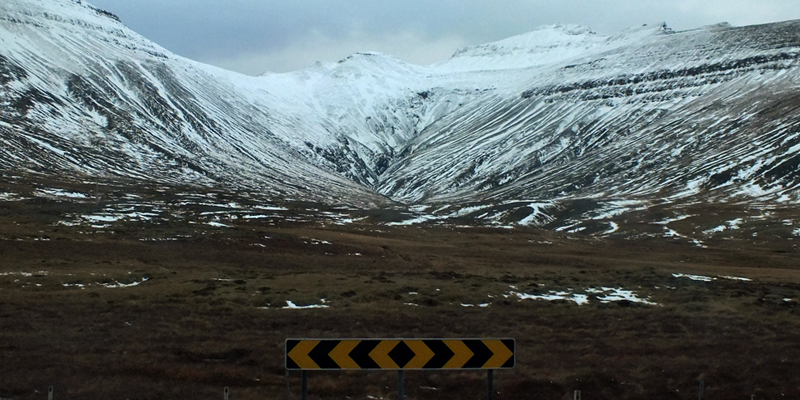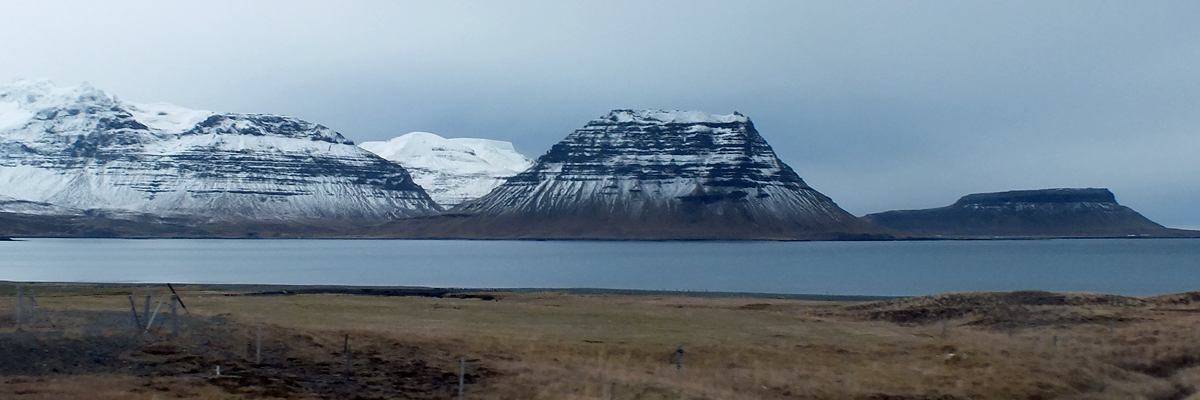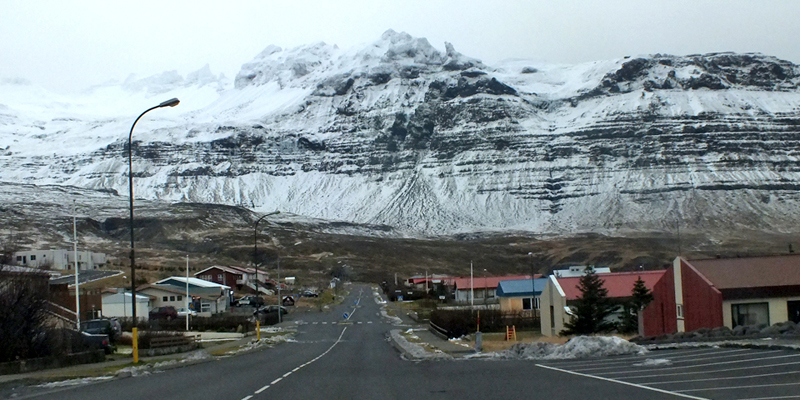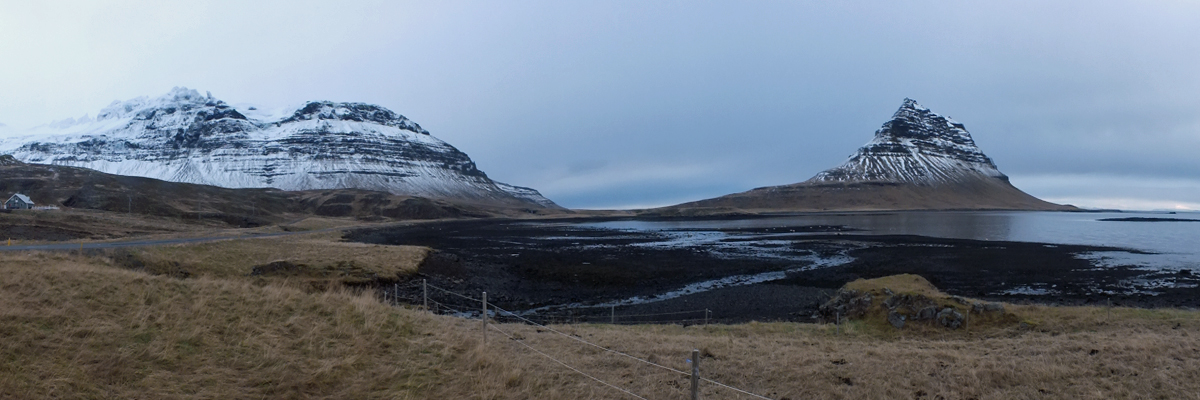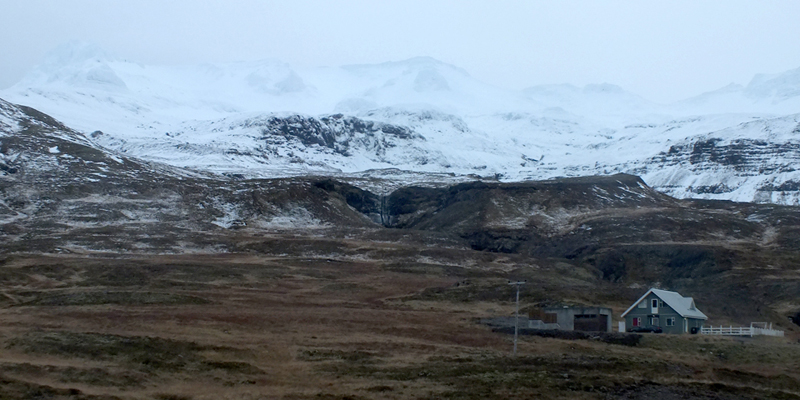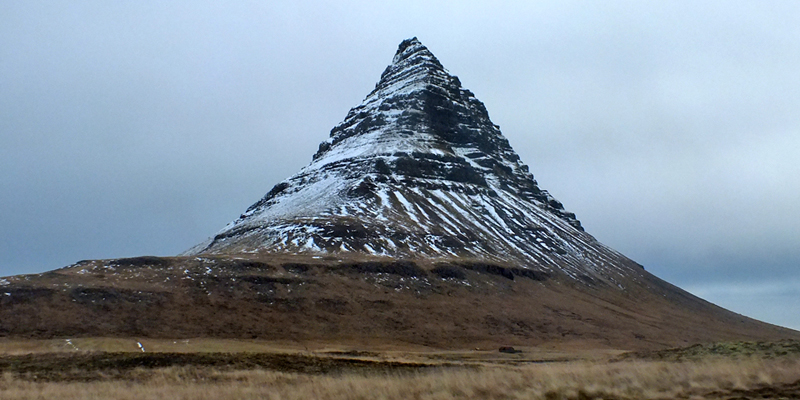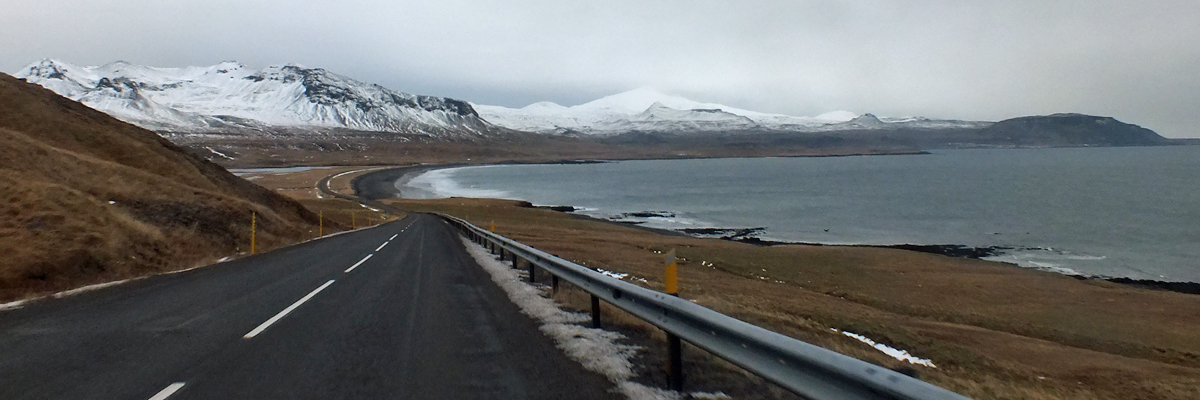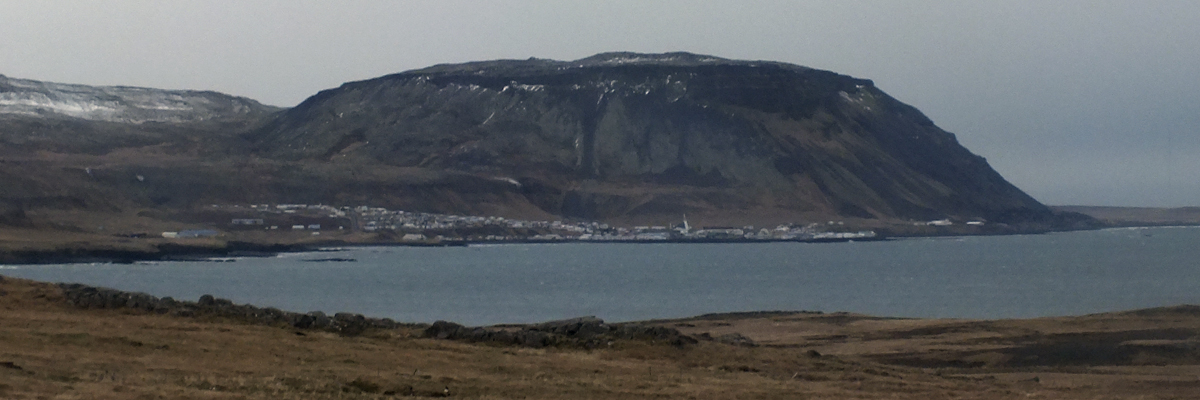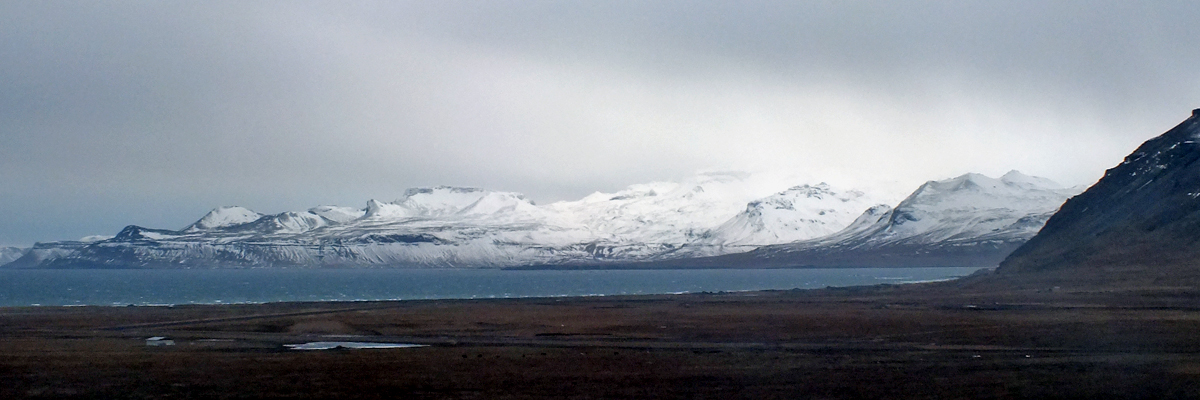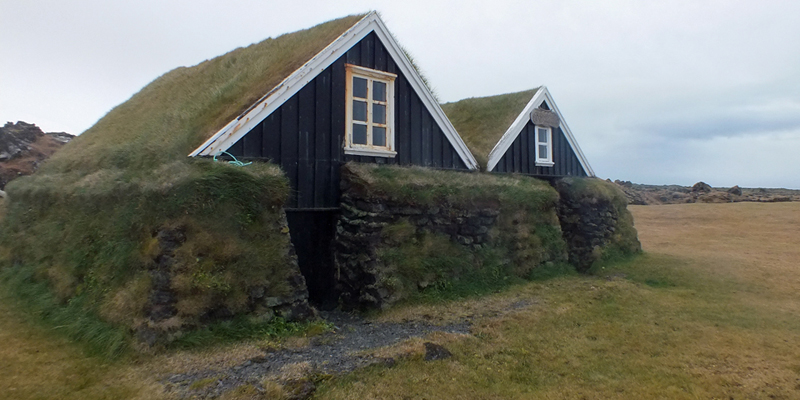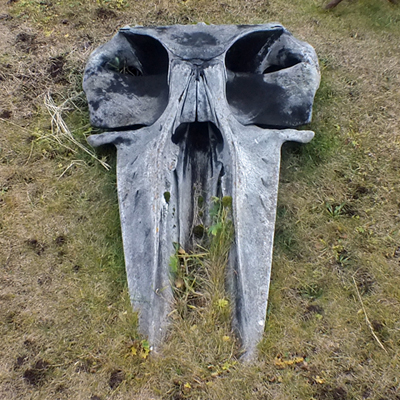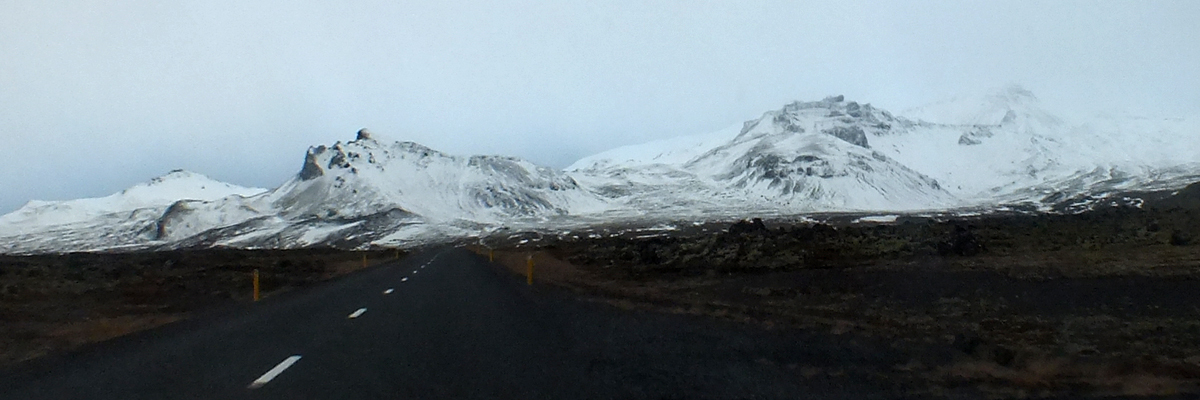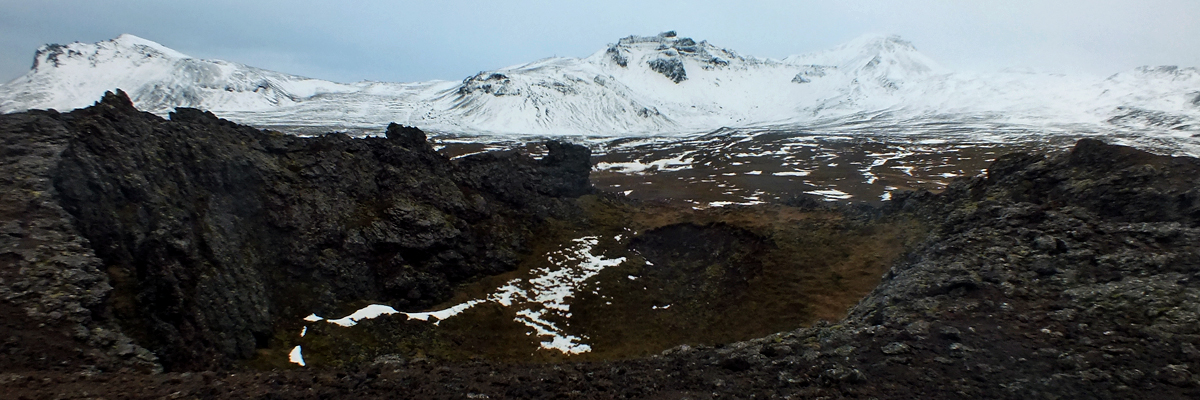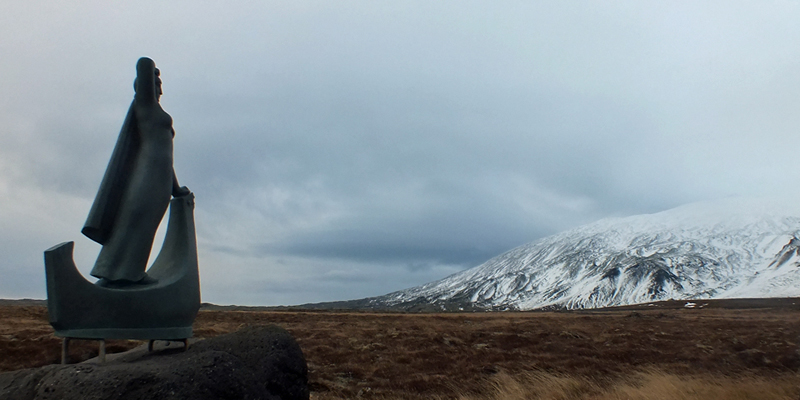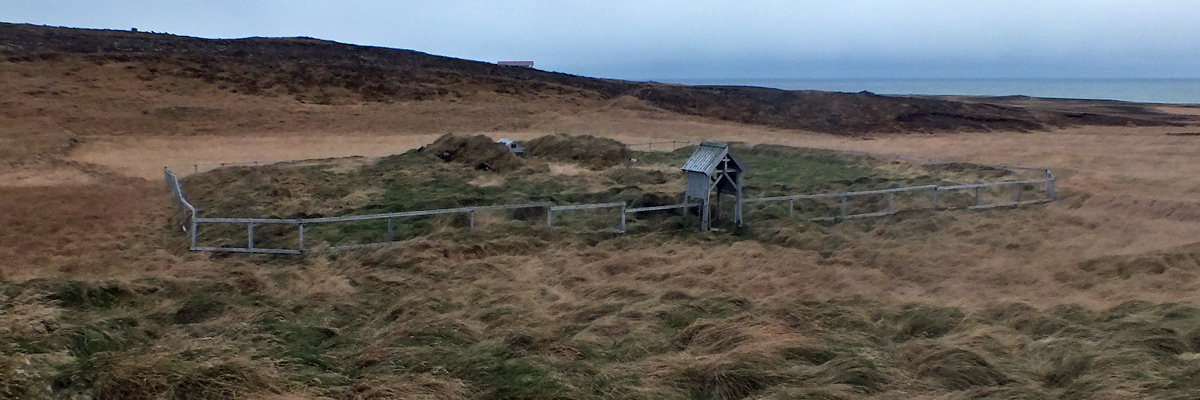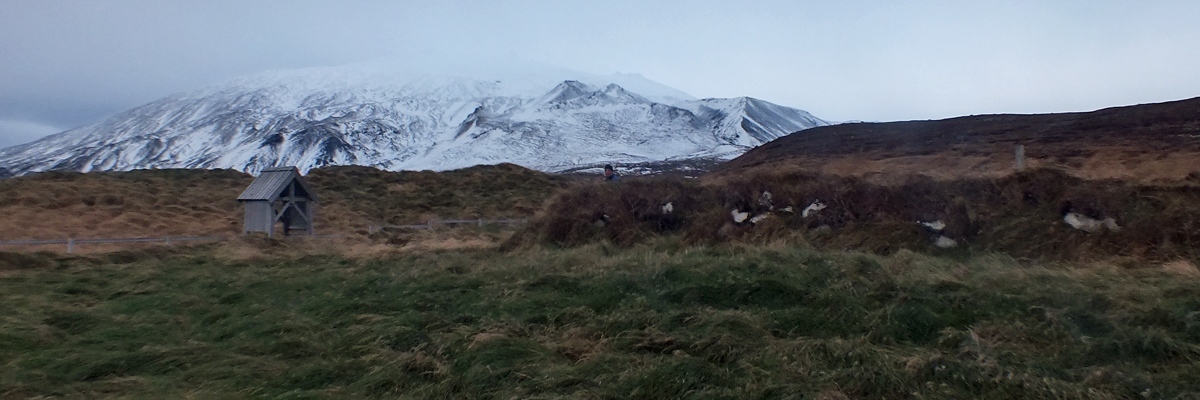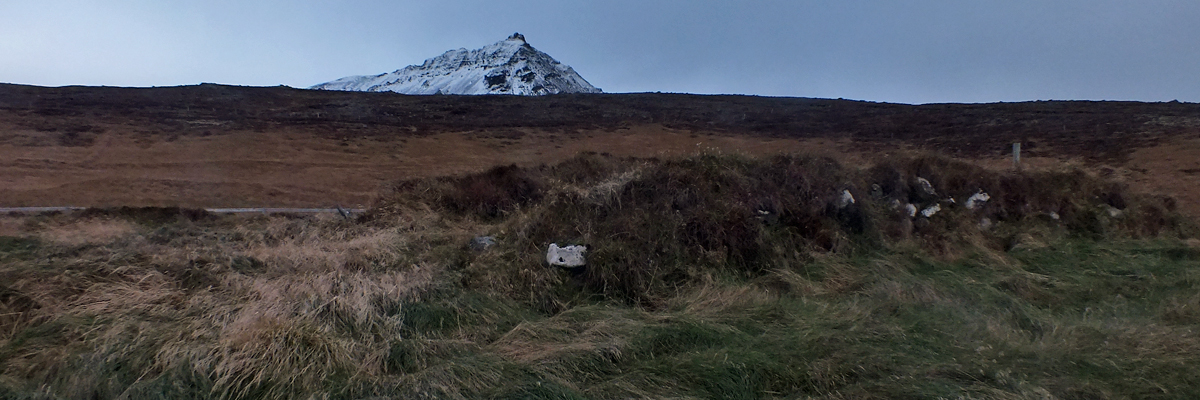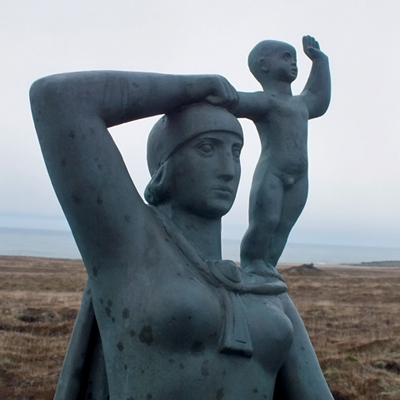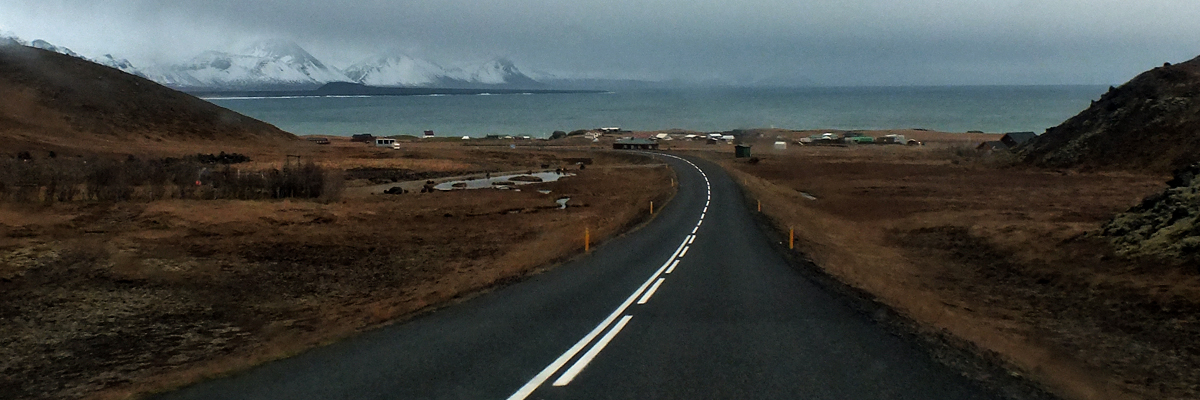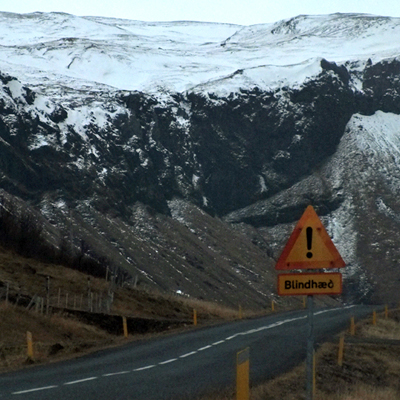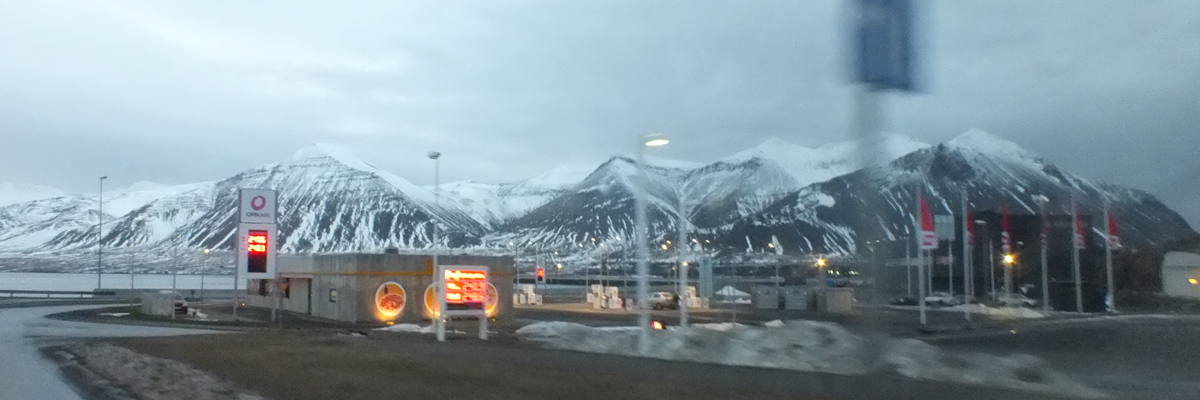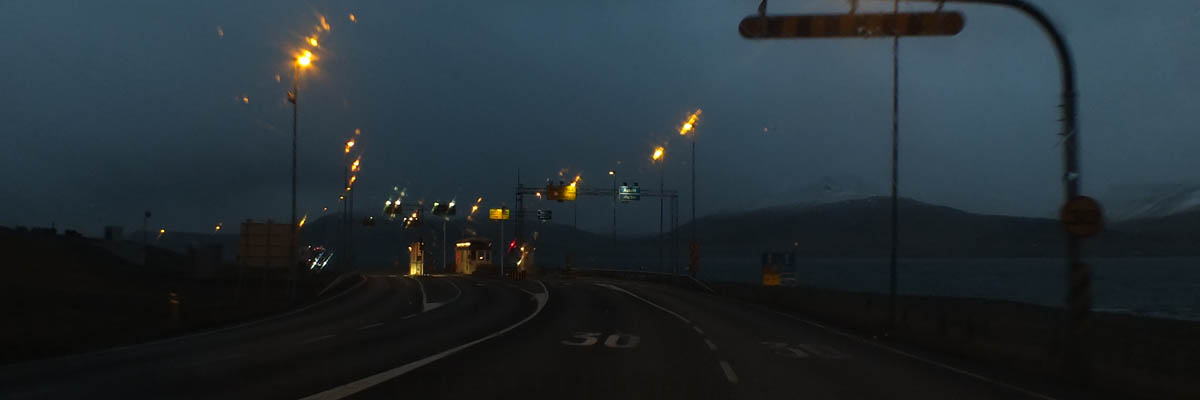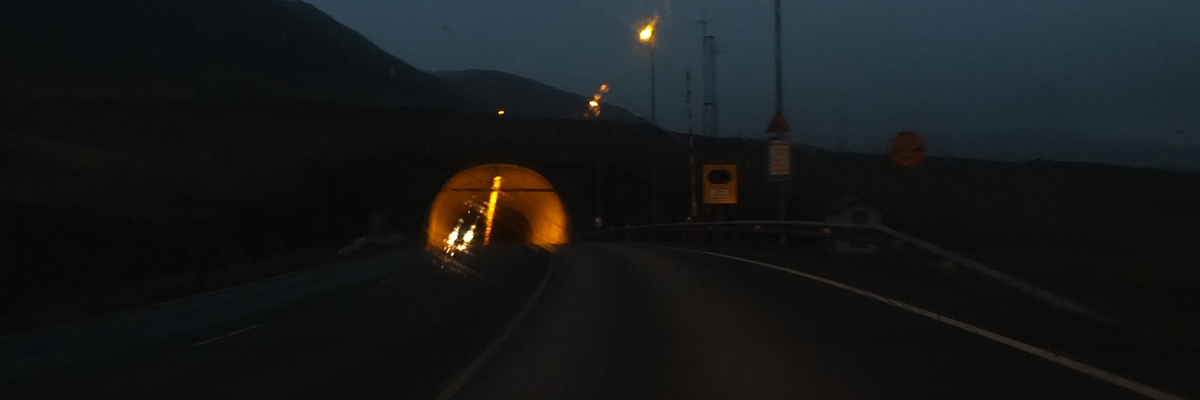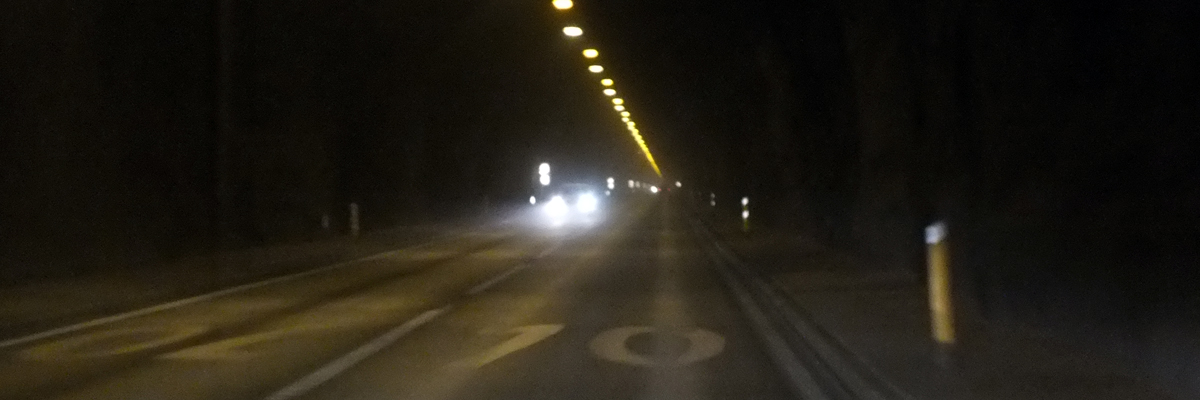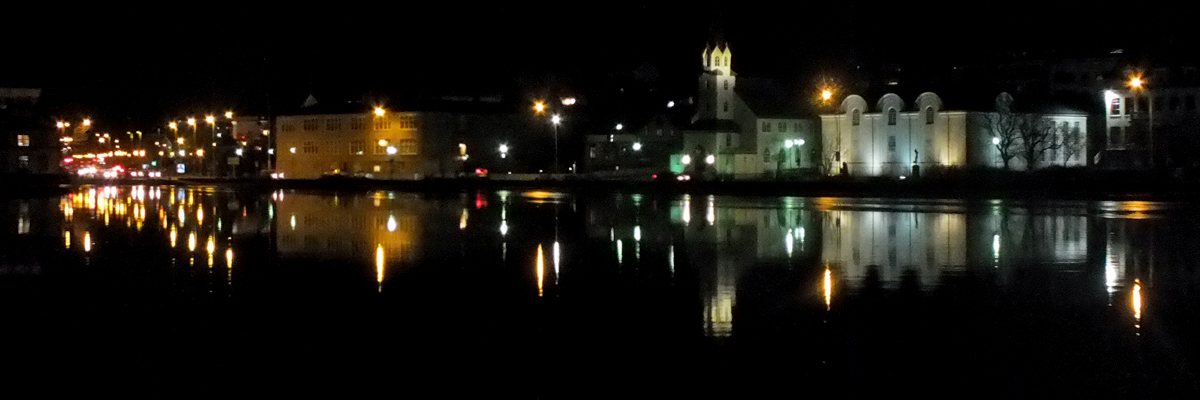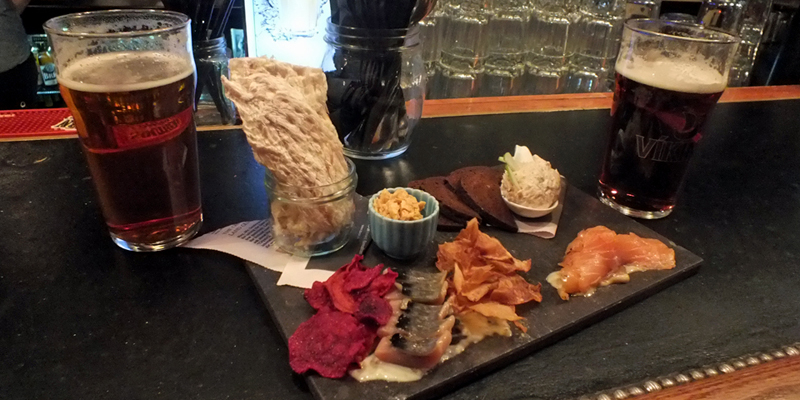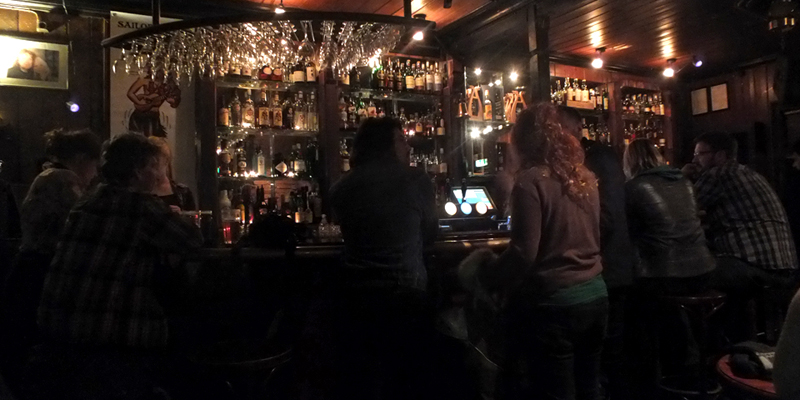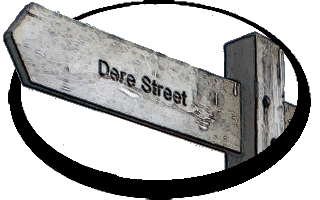Tuesday 5 November 2013--Our plan today is to circle Snæfellsnes, a
peninsula that is sometimes called "Iceland in Miniature". As best I can tell,
"Snæfellsnes" rhymes, more or less, with "rifle's mess"...although, truth to tell,
after hearing Icelanders speaking their native language, I'm quite sure that
nothing in Icelandic rhymes with anything in English, really. The two languages
have common Germanic origins--English through its Anglo-Saxon roots, and
Icelandic via Scandinavia--and it isn't difficult to find cognates. A loaf we
see in a bakery, for example, is labeled "sex korna braud"--six-corn (grain) bread.
But the two cousins have been a very long time apart.
We drive up over the pass at the base of the peninsula, from south to north, and
stop for a look at the town of Stykkishólmur. Had we made the trip to the West
Fjords, we'd have caught the ferry here. It's a pretty little town, smaller still than
Borgarnes, but very attractive. A night or two here might be nice.
Then it's off to the west, along the north shore. The peninsula is about fifty
miles long, with much mountainous scenery (notably the outlier Kirkjufell, "church
mountain"), and the towns of Grundarfjörður, Ólafsv k, and Hellissandur, none
with a population much over a thousand. At the latter, there is an outdoor
museum with sod houses and whale bones, among other things.
We turn the tip of the peninsula, rounding the mountain Snæfell and its glacier,
Snæfellsjökull. Jules Verne placed the portal to the center of the earth
somewhere on the mountain. Nearby, we examine Saxhóll, a small volcanic crater
similar to a few we saw on our first trip to Iceland in 1999.
The afternoon is getting along, so we motor along the south side of the
peninsula. Our one stop is, for me, the most important one of the day--
Laugarbrekka, the site of the farm where Guðríður Þorbjarnardóttir was born
around the year 980. Guðríður ("Gudrid" in English, usually) was probably the
most widely-traveled woman of the Middle Ages. Much of what is known about
her comes from the Greenland Saga and the Saga of Eirik the Red.
The Icelandic sagas are social histories of the tenth and eleventh centuries,
written in the thirteenth and fourteenth centuries, evidently after being passed
down as oral history. As such, they are not entirely reliable, and indeed
sometimes describe events (particularly supernatural ones) that are simply not
believable. Moreover, the two Vinland sagas contradict each other on many
details. They are probably, however, more rooted in fact than your average
Hollywood movie "based on a true story." Like many histories, they are
concerned for the most part with the actions of men. As little detail there is of
Guðríður's life, it's obvious that she was a remarkable woman.
Here are the bare bones of her story: Gudrid moved to the young Greenland
colony with her father and her husband, Thorir. Thorir shortly died of illness,
and Guðríður married Thorstein Eiriksson, youngest brother of Leif.
Together, they attempted a journey to Vinland to recover the body of
Thorvald, the middle brother, killed by skrælings (the local natives) on an earlier
trip. They were thwarted by weather, however, and shortly after their return
to Greenland, Thorstein fell ill and died. Gudrid then married Thorfinn Karlsefni,
a prosperous Icelandic merchant, and they were part of a large party that
attempted to establish a permanent settlement in Vinland. The colony didn't
last long, but Gudrid gave birth there to her son, Snorri, the first person of
European heritage to be born in the Americas.
Gudrid and Thorfinn returned to Greenland, then visited Norway before
resettling in Iceland. Thorfinn died shortly thereafter, leaving Gudrid a widow
for the third time. She converted to Christianity, became a nun, and made a
late-life pilgrimage to Rome. She lived out her life as a hermit in the convent she
founded on Thorfinn's estate.
The Vinland colony established by Leif Eiriksson and his followers was a
failure, but archeological evidence suggests that the Norse presence in North
America went on for several centuries, as the Greenlanders traded with the
Dorset people of Baffin Island, and harvested Labrador timber for treeless
Greenland and Iceland. The Greenland colony itself, which peaked at
something between 3,000 and 5,000 residents, dwindled and disappeared
sometime in the 15th century, at least in part because of a deteriorating climate.*
I first became aware of Guðríður Þorbjarnardóttir by reading the
novel The Sea Road, by the Scottish author Margaret Elphinstone. Guðríður's
pilgimage to Rome provides the framing for the story, as she tells a transcribing
monk about her life. The novel follows the sagas faithfully, their spare recitation
of events fleshed out and given life by Elphinstone. As in all of her novels, there
is a strong sense of geography, which is one reason she is a favorite of mine. I
know she researches both places and people at great depth, and don't doubt
that she has stood at Laugarbrekka, as Win and I are now.
We tromp over the site, examining the remains of a turf-built church, which was in
use as late as the 1880s. The remnants of the farmstead are nearby.
[You can read the Saga of Eirik the Red at the Icelandic Saga Database.
You can read the Greenland Saga, too, if your Icelandic or Old Norse are up
to it--it has yet to be translated into English there.]
The afternoon is fading, so we get in the car and hustle back to Reykjavík,
passing over Borgarfjörður and under Hvalfjörður. Arrive in town well after
dark, check into our hotel, and go for a pint at Micro Bar. Fall into chat with a
couple of Airwaves attendees, and tell them we'll be at Dillon Whiskey Bar
later. We say the same to a couple at Nora Magasin, where we have dinner.
Everyone shows up at Dillon, and we have a nice little going-away party.
Next
*Recent research suggests that the foundation of the Greenland colony's economy was trade in
walrus ivory, and collapse of that trade due to overhunting and increased competition from
elephant ivory may have been the main reason for the colony's abandonment.
|
